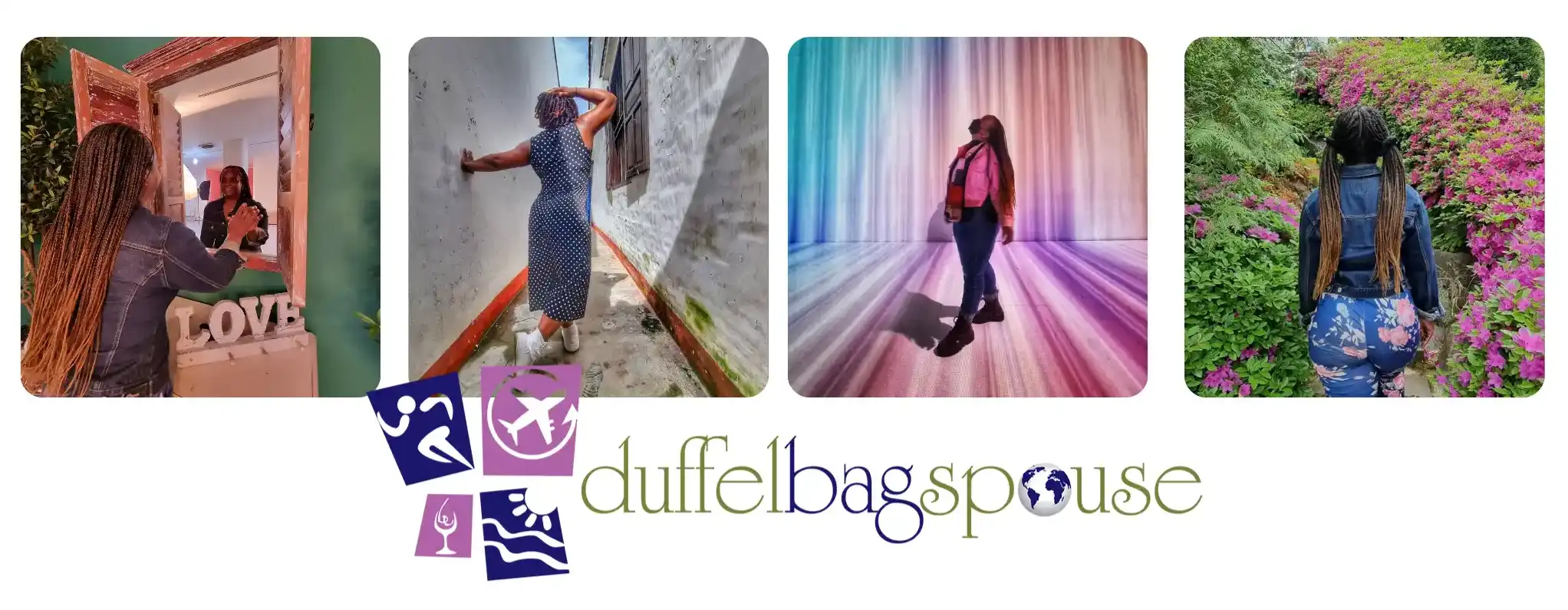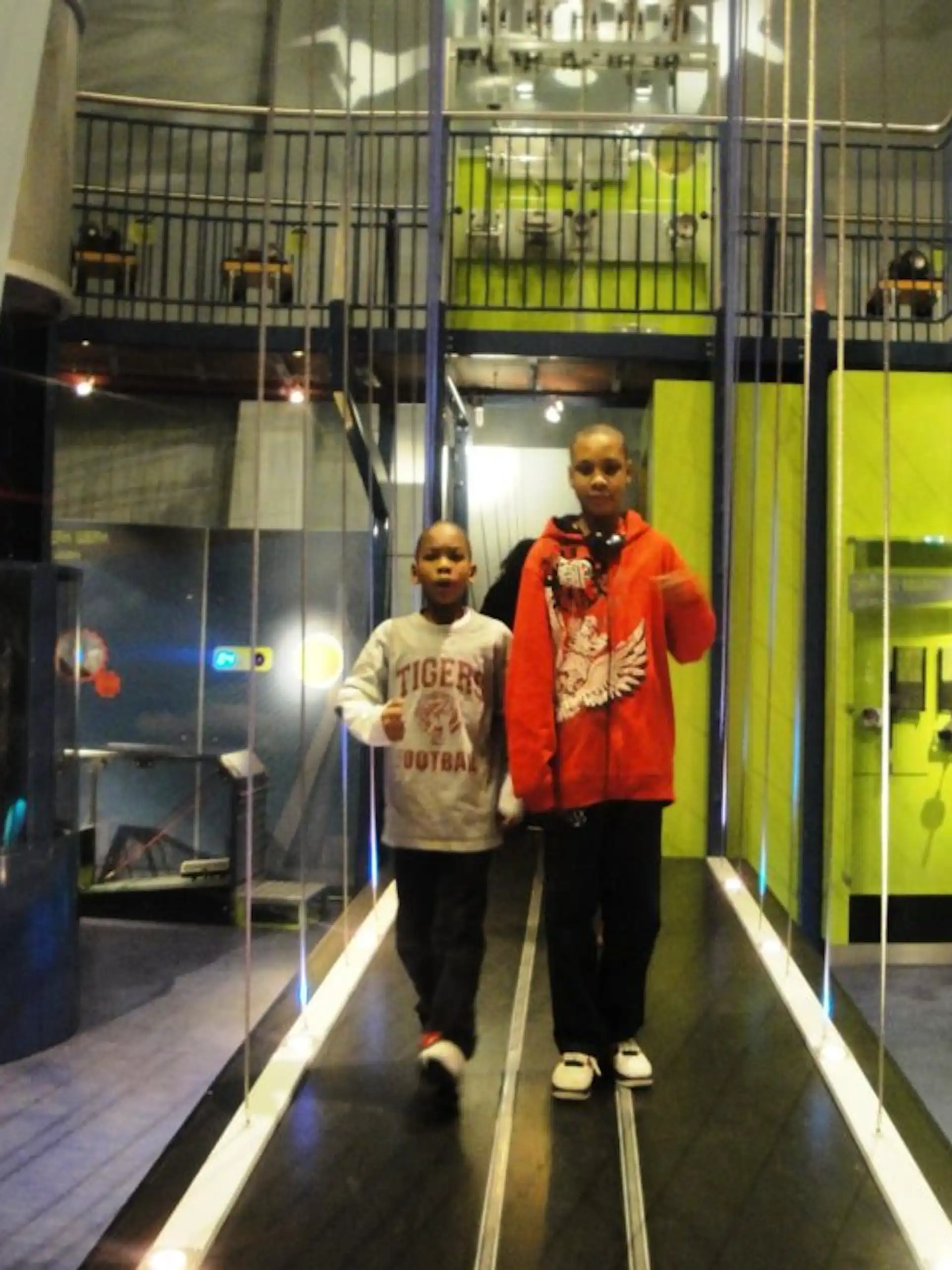|
Getting your Trinity Audio player ready...
|
When I read that quote, I thought it was a perfect way to explain the “concept” of a city like Amsterdam to someone who hadn’t been there before. I have more than a few friends who thought Amsterdam wasn’t kid-friendly and that I should be given 20 lashes for taking my kids there. “Some tourists think Amsterdam is a city of sin, but it is a city of freedom. And in freedom, most people find sin.”
John Green
Table of Contents
- City of Sin
- Venice of the North
- The Amstel River
- The History
- Getting Around Amsterdam
- Life on The Canals of Amsterdam
- On Two Wheels
- The Museum of Amsterdam
- Anne Frank
- Nemo Science Center
- For Little Kids
- For Big Kids
- For More Information
- Like it? Pin it!
TRAVEL ESSENTIALS
Accommodation – Booking.com / Agoda
Getting there – Trip.com / 12Go
Activities – GetYourGuide / Klook / Viator
Travel Resources – Expedia / Trip Advisor / gpsmycity.com
Staying Connected – NordVPN / Airalo

City of Sin
Red Lights and Coffee Shops
Yes, the city is well-known for its Red Light District and marijuana coffee shops, but Amsterdam is much, much more than that.
Most people think both are legal, but they aren’t. What they don’t realize is that there is a red light district in just about every city in Europe and personal recreational pot smoking is not a crime vigorously enforced and both are merely overlooked.

And not unlike London or Paris, the tourists areas cater to the sophistication level of all of its visitors. However, in Amsterdam, you can take a boat to a zoo on a canal while chowing down on yummy frites with mayonnaise before laughing at the mug with breasts made in China. My point is, go see it for yourself. The world could greatly benefit from a little more “truth”.
Venice of the North
However, if you are traveling to Amsterdam for its more wicked side, and I won’t tell a soul, don’t forget to take a “sneak peek” at its more sublime attractions too. The picturesque city is known as the “little Venice of the North.” It is celebrated for its open-mindedness, diversification, tolerance, Dutch painters, bike riding, brown bears, and miles and miles of canals. Rent a bike and traverse over 1,200 bridges that form 90 small islands, all connected by three circular, intertwining canals. Get up close and personal with Rembrandt and friends. Or abandon adulthood altogether and blow a few king-size bubbles at the Nemo Science Center.
Amsterdam is within striking distance of just about anywhere in Europe. And whether you have one, two, or three days, the city has more than a few distractions to keep you busy—and not all of them are considered XXX.
The Amstel River
Medieval maps show that most of the Netherlands was once submerged. Most of its landscape has since been reclaimed and maintained by the innovative use of windmills, dikes, and canals. Amsterdam’s 11th-century origins lie in its primary function of damming the Amstel River on which it straddles. It began as a fishing village that evolved into a center for financial trade and diamonds during the 17th century due to an influx of skilled labor and the invention of the sawmill, which led to one of the largest Navies the world had ever seen.

The History
The Dutch India Company, which you probably remember from history class, ignited the flame that created Amsterdam. It was by far the most powerful enterprise of the times, dominating the trade with the Far East and the lower countries of Europe. Profits from its exploits created prosperity and promoted the explosive expansion the city underwent. All that money had to be funneled from project to project and led to the creation of the massive financial network that put Amsterdam on the map.
The Golden Age brought great wealth and a greater desire to spend it. Aristocrats and wealthy merchants invested great sums in the arts, trade, and land ownership—foreign and domestic. The city expanded outward during the 19th and 20th centuries to alleviate the mass overcrowding and disease that plagued the old city’s narrow streets. A wide central street was added that rivaled those of Paris’ Champs Élysées and High Street in London. New canals were dug, and the city was transformed into what you and I see today.


Getting Around Amsterdam
The public transport system is comprehensive, cheap, and easy to use. Ubers, taxis, trams, trains, metros, and boats exist. The trams are the main source of transportation, with 16 lines that spiral around the city, with tram stops everywhere. 4 metro lines connect central Amsterdam to its suburbs.
Life on The Canals of Amsterdam
It won’t take you long to discover that the spider web of canals makes a picture-perfect backdrop to your travel photographs. However, they also serve utilitarian purposes. The canals are like the veins and arteries of Amsterdam’s central nervous system. The 165 canals offer an efficient means to get from one end of the city to the other. A municipal canal bus not only makes it easy for tourists to see the city from the water but also offers a reliable and fast option for locals to get to work on time. Many residents have opted for non-traditional housing—preferring homes on the water in the houseboats that dot the city’s landscape.
14 stops operate every 40 minutes from 9:50 until 7:25. Day passes cost €16 and are valid until noon the next day. Amsterdam’s major attractions are found on this route, and historical commentary is provided along the way in numerous languages. Looking for something fun to do? Take the 6th, 9th, or 14th to the Plantage, an ample green space in the city center for the Artis Zoological Complex. It is a massive planetarium, aquarium, and the Hortus Botanical Gardens all rolled into one. More than 5,000 native animals and one of the world’s largest collections of plants and flowers are on display daily.
I suggest you purchase an Amsterdam Card. Just make sure you tap in and tap out whenever you switch from one transportation method to another, as well as at the end of your trip.
On Two Wheels
Amsterdam is a bike culture. The absence of cars will surprise you. The efficiency of Amsterdam’s public transportation will amaze you. But the sheer number of bikes will astonish you. They are everywhere. They are tethered to the iron railings of the canal handrails, baby seats are strapped to the back of them, and fields row after row at every train or tram station will leave you bewildered. How anyone finds the one they rode in on is nothing less than brilliant.
The daily bike rental is €8. If your destination doesn’t have a canal bus stop, it most definitely has a tram stop. Trams, or streetcars, run on low-lying tracks powered by electricity. They run frequently and cross the entire length of the city.
Personalized Crossbody Bag for Women Leather Sling Bags with Initial Letter Chest Bag for Travel
This personalized leather crossbody bag blends style, comfort, and practicality for everyday use. Made from soft, high-quality PU leather with gold hardware, it offers a polished look that’s lightweight and durable. Two roomy compartments, card slots, and an interior zipper pocket keep essentials organized. The adjustable 25″–48″ strap allows versatile wear—as a crossbody, sling, or shoulder bag. Water-resistant and available with 26 customizable initials, it’s perfect for travel, work, or leisure. Comes gift-ready in an elegant bag, making it an ideal present for any occasion.

The Museum of Amsterdam
The Rijksmuseum
Ask anyone who’s gone to Amsterdam, and they are likely to espouse the brilliance found in at least one of the numerous museums. The Rijksmuseum, or State Museum, houses many of the Dutch Masterpieces. The Van Gogh Museum is the home to a treasure chest of his greatest works. But the Anne Frank House and Museum probably left the greatest and most long-lasting impact on me.

Anne Frank
Anne Frank, born in Frankfurt, Germany, moved with her family to Amsterdam in 1933 after the Nazis rose to power. Less than a decade later, anti-Semitic persecution forced them into hiding for two years above her father’s business. Betrayed, they were sent to concentration camps on the last train from Westerbork to Auschwitz.
Anne and her sister died in March 1945, weeks before the camp’s liberation. Today, visitors can tour the hidden rooms behind the rolling bookcase—tiny spaces with creaking floors, bare walls, and the movie poster Anne glued above her bed. Her diary, published in 1947 by her father Otto, has been translated into 67 languages and sold over 31 million copies.

Nemo Science Center
For kids and your kids at heart, head to the Nemo Science Center on the IJ River. You can’t miss it. It looks like a huge green glass ship docked at the pier. Five floors of hands-on experiments, films, and exhibits keep inquiring minds wanting more. Established in 2000, Nemo is the largest science center in all of the Netherlands. Visitors can experiment with hundreds of exhibits designed to challenge what they know or think they know about the world. Take a three-dimensional tour of the human body, age yourself in minutes with virtual software, or stand in a gigantic soap bubble.
For Little Kids
And if that’s not enough. Take a lie detector test while you explore the mysteries of the human brain. Explore the eerie skeleton exhibit. Splashing Water Wonder is an awesome wet exhibit on the roof every summer. Kids try to divert more than 1,000 gallons of water through a network of pipes using wheels and taps. And parents can sit back and watch while sipping a cool drink from the cafe. Nemo is open from 10 am to 5 pm. Learn how light can be used as an energy force as you race an airplane across the exhibit’s sky.

For Big Kids
Teens will enjoy Teen Facts. It’s an entertaining exhibit about the absolutely mind-boggling mentality of teen life. Learn about hormones and why first love hurts so much. And learn what causes the short-lived metamorphosis from tween to teen. From an angel-faced kid to the acne-faced one who would rather die than be seen with you.
The exhibit is playful but informative. It explains the changes the typical teen experiences as both their mind and body transform into adulthood. Tuesday to Sunday, €12.50 for visitors over four years.
For More Information
Go to www.e-NEMO.nl for more information. I can’t tell you how many people have told me Amsterdam was not kid-friendly. Some parts of it are, some parts of it aren’t. But that shouldn’t surprise you. Although not popularly known, most major cities in Europe have a notorious neighborhood where prostitution is either allowed or tolerated.
So whether you decide to take a stroll along the canals, admiring the gabled houses of yesteryear, visit the Dutch masters in one of its many fine museums, or just sit back and take it all in at a cozy neighborhood brown bar, Amsterdam has a way for you to channel your interests. Go for the history, the notoriety, the beer, or just to say you’ve gone. Go for the experience. Amsterdam is a great example of where the destination is truly a mirror of your imagination.
Like it? Pin it!
Discover more from Duffel Bag Spouse Travels
Subscribe to get the latest posts sent to your email.






Never knew Amsterdam was kid friendly. I learn so much reading!! I enjoyed it!
Hey Pashley, what you doing?